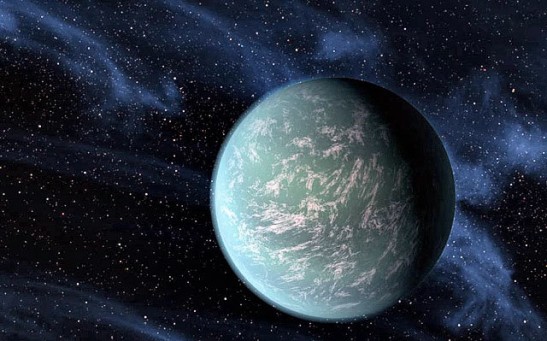space
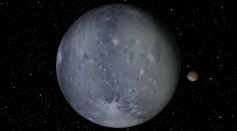
Could More Dwarf Planets Lie Beyond Pluto
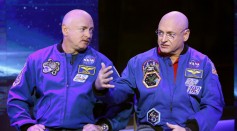
Twin Astronauts Prepare for New Mission on the ISS

Cosmic Radio Burst Caught from Outside Our Galaxy
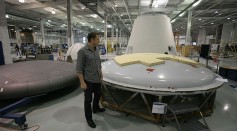
Elon Musk Continues to Dream Big with Idea for Space Internet
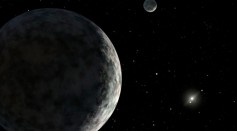
New Planets Hiding In the Shadow of Pluto
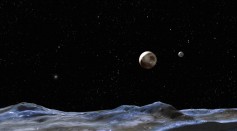
New Study Reveals Prospective Planets Just Beyond Pluto—And There May Be More Than One

New Horizons Prepares for Pluto Flyby

Beagle 2 Discovered Intact on Mars Surface

New Horizons, Old Science—Recycling the Old Playstation Processor

The Truth Behind AI, and Why Elon Musk is Donating Millions To Protect Humanity from Robot Invasion
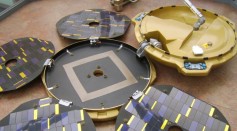
Has NASA Found The Missing Beagle on Mars?

Meteorites and the History of Our Solar System: Not Everything Is As It Seems

NASA Rockets Set to Explore the Aurora Borealis

Mars One Headquarters Planned for Seattle
Most Popular

The Role of AI in the Next Generation of Logistics: Insights from Tobias Waldhecker

Alzheimer's Treatment Drug Lecanemab Found to Increase Death Risk, New Research Shows

Cloned Black-Footed Ferret Gives Birth to Two Healthy Kits

Optimizing Complex Catalog Systems with Graph Theory and Indexing

